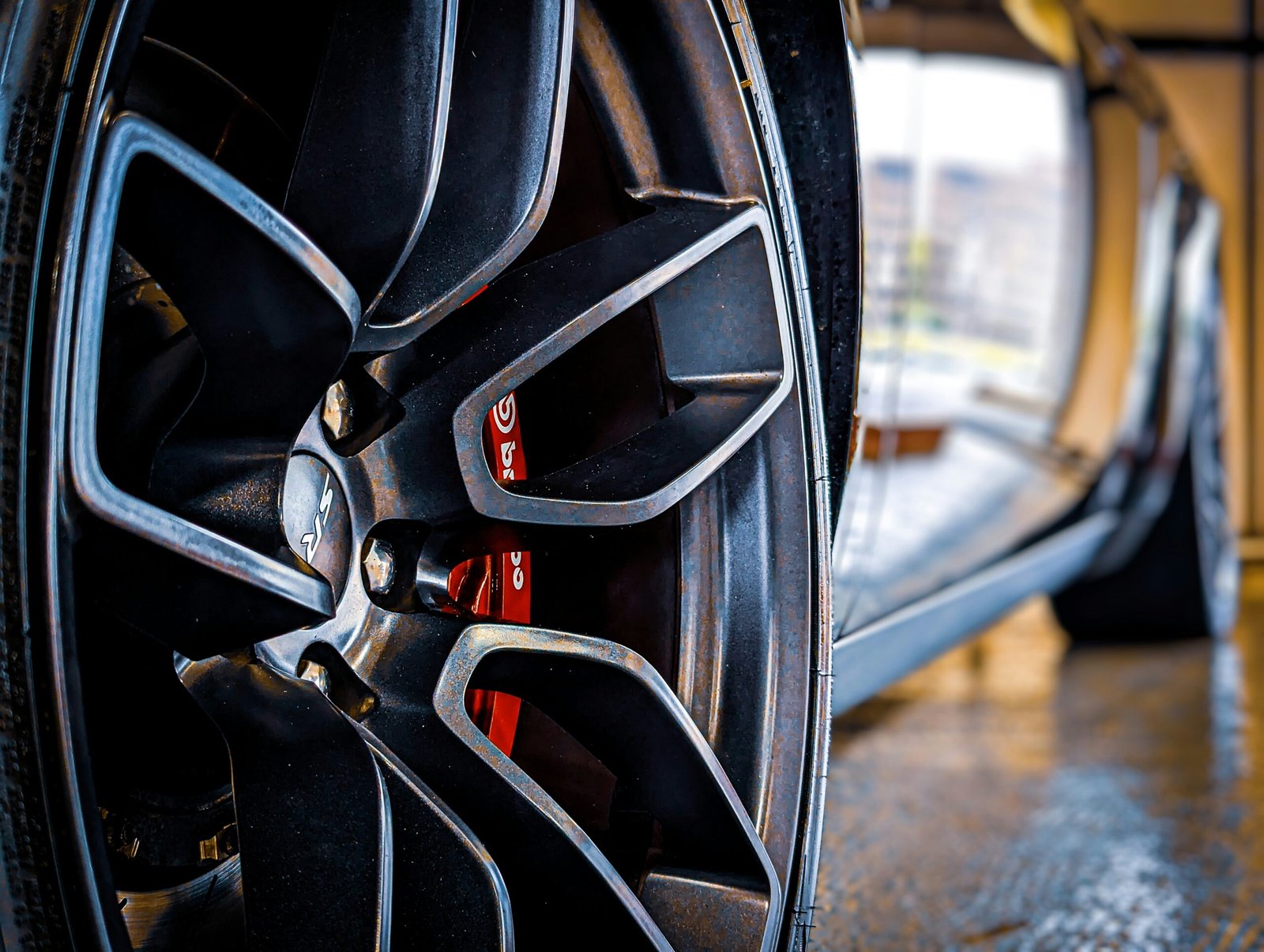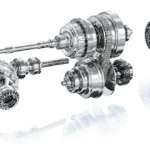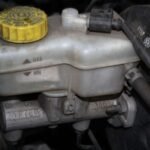
What Is Brake Fluid and What Are the DoT Numbers?
Introduction
When it comes to vehicle maintenance, brake fluid is often overlooked. However, it plays a crucial role in ensuring the safety and performance of your car’s braking system. In this article, we will explore what brake fluid is and why the Department of Transportation (DoT) numbers are important in choosing the right type of brake fluid for your vehicle.
What is Brake Fluid?
Brake fluid is a hydraulic fluid that is responsible for transmitting the force from your foot on the brake pedal to the brake components, such as the calipers and wheel cylinders. It operates under high temperatures and pressures, making it crucial for the proper functioning of your vehicle’s braking system.
There are several types of brake fluid available, including DOT 3, DOT 4, and DOT 5.1. Each type has different properties and is suitable for specific vehicle applications.
DoT Numbers
The DoT numbers on brake fluid containers indicate the minimum standards set by the Department of Transportation. These numbers represent the fluid’s boiling point and its compatibility with different brake systems. It is essential to understand these numbers to ensure the safety and performance of your vehicle.
DOT 3 Brake Fluid
DOT 3 brake fluid is the most common type used in passenger vehicles. It has a minimum dry boiling point of 401°F (205°C) and a minimum wet boiling point of 284°F (140°C). The wet boiling point refers to the boiling point of the fluid after it has absorbed moisture from the air over time.
It is important to note that DOT 3 brake fluid is hygroscopic, meaning it absorbs moisture from the air. As a result, it is recommended to replace DOT 3 brake fluid every two years to maintain its performance and prevent moisture-related issues.
DOT 4 Brake Fluid
DOT 4 brake fluid has a higher boiling point compared to DOT 3, making it suitable for vehicles that undergo more demanding braking conditions. It has a minimum dry boiling point of 446°F (230°C) and a minimum wet boiling point of 311°F (155°C).
Like DOT 3, DOT 4 brake fluid is also hygroscopic and requires regular replacement. It is compatible with DOT 3 systems, but it is not recommended to mix DOT 3 and DOT 4 brake fluids, as it may compromise the performance of the braking system.
DOT 5.1 Brake Fluid
DOT 5.1 brake fluid is commonly used in high-performance vehicles and racing applications. It has a minimum dry boiling point of 500°F (260°C) and a minimum wet boiling point of 356°F (180°C).
Unlike DOT 3 and DOT 4, DOT 5.1 brake fluid is not hygroscopic. However, it is compatible with DOT 3 and DOT 4 systems. It is important to note that DOT 5.1 is not the same as DOT 5 silicone-based brake fluid, which is not compatible with DOT 3 and DOT 4 systems.
Choosing the Right Brake Fluid
Choosing the right brake fluid for your vehicle is essential for maintaining optimal braking performance. It is recommended to refer to your vehicle’s owner’s manual or consult with a qualified mechanic to determine the appropriate type of brake fluid for your specific make and model.
Additionally, it is important to check the DoT numbers on the brake fluid container to ensure it meets the minimum standards for your vehicle. Using the wrong type of brake fluid can lead to brake system failure, compromising your safety on the road.
Conclusion
Brake fluid is a critical component of your vehicle’s braking system, and understanding the DoT numbers is essential for selecting the right type of brake fluid. Whether it is DOT 3, DOT 4, or DOT 5.1, each type has specific properties and compatibility requirements. By choosing the correct brake fluid and regularly maintaining it, you can ensure the safety and performance of your vehicle’s braking system.
Never mix brake fluid types (even glycol-based ones) and always replace the lid on the bottle. We recommend buying fresh brake fluid whenever you top up or change it, to avoid possible water contamination.





